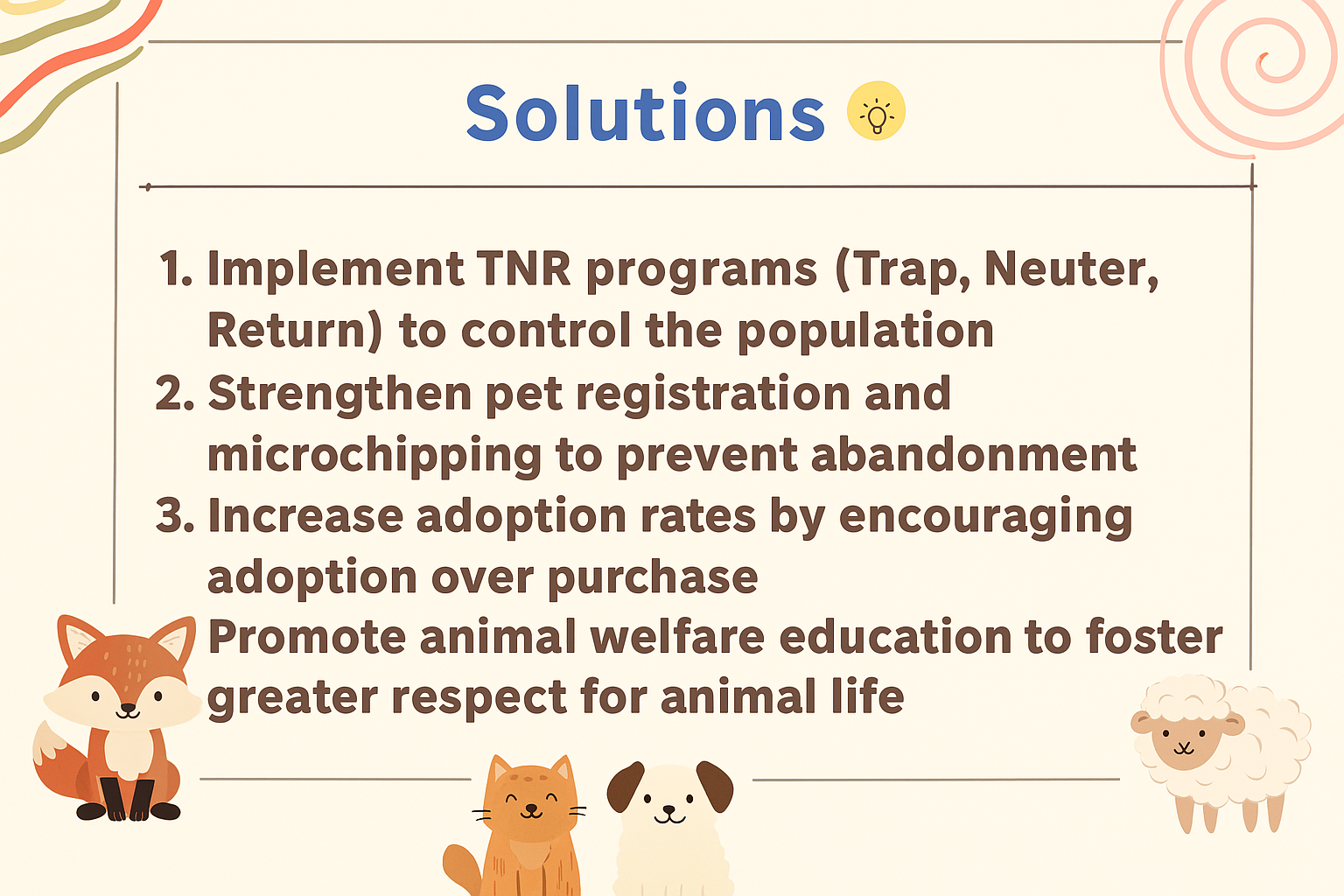
Caring for Creatures
Learn More
Love in Every Paw
The Current Situation of Stray Animals
1.The number of stray animals is still large.
Although many countries have implemented spaying and neutering programs, there are still a large number of stray dogs and cats, especially in urban and rural areas of Asia, South America, and Africa.
2.The problem of human abandonment is severe.
Many stray animals were originally household pets, but due to reasons such as owners being unable to care for them, moving, financial difficulties, or other circumstances, they are abandoned, leading to an increasing number of stray animals on the streets.
3.Animal shelters have limited resources.
Most stray animals eventually end up in shelters, but many shelters have limited space and lack funding, leading to inadequate care for the animals, and in some cases, they face the fate of euthanasia.
4.The rapid breeding rate makes control difficult.
Especially with cats, a pair can produce dozens of kittens in a year. Without proper TNR (Trap-Neuter-Return) measures, the number of stray animals will continue to rise.
5. Harsh living conditions
Stray animals lack food, clean water, and are prone to diseases (such as rabies, feline distemper, and skin infections). They also face dangers like traffic accidents and human abuse.
6. he society's attitude toward stray animals is polarized.
Some people actively rescue stray animals, participating in adoption, feeding, and providing medical care, while others view stray animals as a threat and engage in abusive behaviors such as mistreatment, eviction, and poisoning.
7. Challenges in Government and Private Sector Collaboration
Some countries have enacted laws to protect stray animals, such as Taiwan, where the government banned euthanasia in public shelters in 2017. However, there is still a need for education







